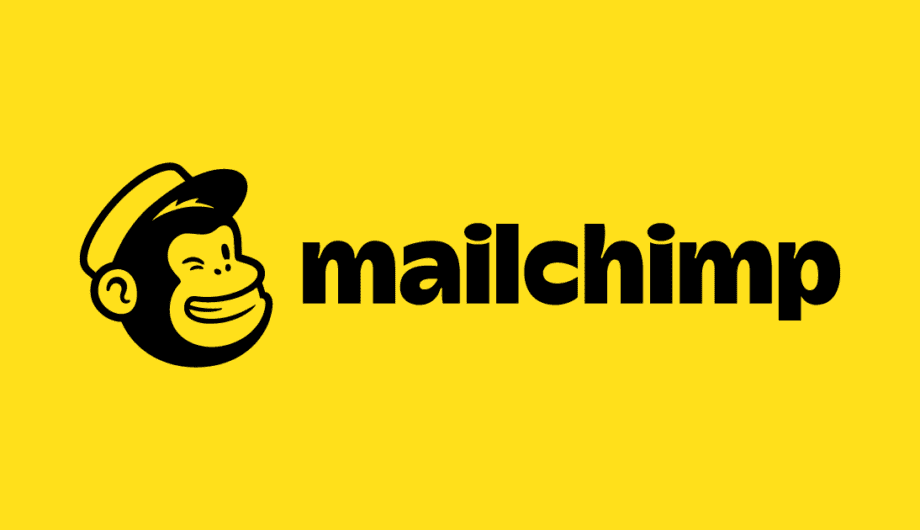
You may not realize, but another thing we can do at Sumy Designs is help you with your email marketing. And one thing we get asked about is MailChimp lists, audiences, segments, etc. So let me explain what these are and why it’s important to know and how to manage it.
A MailChimp audience (formerly known as a “list”) is a collection of contacts that you send email campaigns to. It serves as the central database for your email marketing efforts, where you can store and manage subscriber information, segment contacts based on behavior or demographics, and personalize email communications.
In the earlier days of email marketing, when you had lists, you would create a new list for different reasons. You might have a list for newsletter subscribers, a list for your clients, a list for your customers, etc. etc.
With these lists, sometimes you would email to all lists at once, and sometimes you would email just some lists. But it could get pretty clunky to manage the different lists, or move people between them if needed. Plus, around 2019 MailChimp started charging you to have multiple lists so this became not as economical.
Instead, we use segmentation.
Mailchimp Segmentation is a feature that allows you to divide your email list into smaller, more targeted groups based on shared characteristics. This helps you send more relevant and personalized emails, which can lead to higher engagement and better results.
Here’s how it works:
- You define the criteria: You choose the specific characteristics that define your segments. This could include things like:
- Demographics (age, gender, location)
- Purchase history
- Website activity
- Email engagement (opens, clicks)
- Signup date
- Interests (if you’ve collected that data)
- Tags
- Mailchimp filters your list: Based on the criteria you set, Mailchimp automatically filters your email list and creates separate segments for each group.
- You send targeted emails: Once you have your segments, you can create email campaigns specifically tailored to each group’s interests and needs. This could mean different content, offers, or even send times.
Benefits of Mailchimp Segmentation:
- Increased engagement: By sending more relevant emails, you’re more likely to capture your audience’s attention and encourage them to interact with your messages.
- Improved deliverability: Targeted emails can help you avoid spam filters and reach your subscribers’ inboxes more effectively.
- Higher conversion rates: Personalized emails can lead to more clicks, purchases, and other desired actions.
- Stronger customer relationships: By showing your audience that you understand their needs and interests, you can build stronger relationships and foster loyalty.
Types of Segments:
Mailchimp offers different types of segments, including:
- Static segments: These are fixed groups that don’t automatically update. You manually add or remove contacts.
- Dynamic segments: These automatically update as contacts meet or no longer meet the criteria.
- Pre-built segments: Mailchimp offers some pre-built segments based on common criteria, such as “engaged subscribers” or “new subscribers.”
I am working with a client that offers pool services, and they want to send an email to just past clients who have had their pools opened in the past. On their opening form sign up, we’ve connected it to their MailChimp account and anyone who signs up for an opening is tagged with “opening” and then when it’s time to start scheduling their pool openings, they can send an email specifically to all past clients who have previously had their pool opened just by segmenting their email blast to folks with that tag.
Why is MailChimp segmentation useful?
Mailchimp segmentation is incredibly useful for a number of reasons, all boiling down to making your email marketing more effective and your audience happier. Here’s a breakdown:
1. Relevance is King (and Queen):
- Stop the “spray and pray” approach: Sending the same email to everyone on your list is like casting a wide net and hoping to catch something. Segmentation lets you send targeted messages that resonate with specific groups, making your emails more relevant and valuable to each recipient.
- Personalization beyond a name: Segmentation allows you to go beyond just inserting a name. You can tailor content, offers, and even the tone of your emails to match the interests, behaviors, and needs of different segments.
2. Boosted Engagement:
- Higher open and click-through rates: When your emails are relevant, people are more likely to open them and click on the content. This increased engagement signals to email providers that your emails are wanted, which can improve your deliverability.
- Reduced unsubscribes: Nobody likes getting emails that have nothing to do with them. By sending targeted emails, you reduce the chances of people unsubscribing from your list.
3. Better Results:
- Increased conversions: Relevant emails lead to more desired actions, whether it’s making a purchase, signing up for an event, or downloading a resource.
- Improved ROI: By getting better results from your email campaigns, you’re maximizing your return on investment.
4. Stronger Relationships:
- Show you care: When you send personalized emails that address specific needs and interests, you show your audience that you understand them and value their preferences. This helps build trust and loyalty.
- Nurture leads effectively: Segmentation allows you to guide your subscribers through the customer journey with tailored content at each stage, from initial interest to purchase and beyond.
5. Mailchimp’s Tools Make it Easy:
- Variety of segmentation options: Mailchimp offers a wide range of criteria to segment your audience, from demographics and purchase history to website activity and email engagement.
- Dynamic segments: These automatically update as contacts meet or no longer meet the criteria, saving you time and effort.
- User-friendly interface: Mailchimp’s segmentation tools are relatively easy to use, even for those new to email marketing.
In short, Mailchimp segmentation empowers you to send the right message to the right people at the right time. This leads to higher engagement, better results, and stronger relationships with your audience.
Ready to boost your business with email marketing? Contact us now to get started!
Amy Masson
Amy is the co-owner, developer, and website strategist for Sumy Designs. She's been making websites with WordPress since 2006 and is passionate about making sure websites are as functional as they are beautiful.
